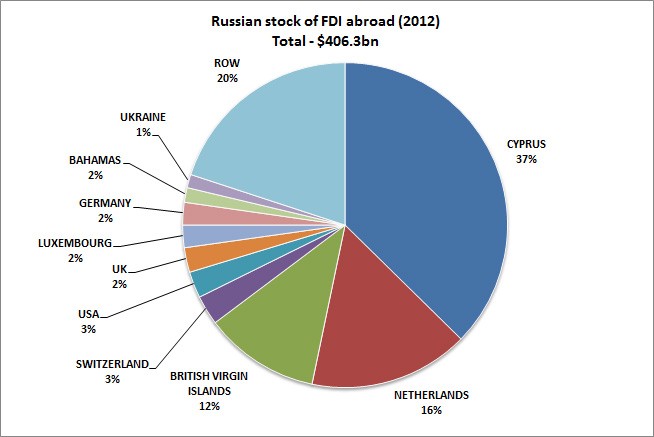Investors may have more Russian exposure than they think
Post on: 16 Март, 2015 No Comment

For most Americans, the Russia-Ukraine crisis has only been troubling from a humanitarian perspective. The crisis hasn’t affected the U.S. stock market—the S&P 500 is down just 1 percent since the Crimean referendum was announced on March 6—and the vast majority of investors don’t have money in the region.
Out of the $8 trillion invested in U.S. equity funds, only $30 billion is in Russian securities, while about $1.3 billion of that is in Russian-focused mutual and exchange-traded funds, according to Lipper Research, a mutual fund data and research company.
However, there will be some investors, especially ones with diversified global portfolios, who have more exposure to Russia than they may think. That’s because most emerging market funds will have some money in the country, said Robert Jenkins, Lipper’s head of research.
Pedro SalaverrAa | Age Fotostock | Getty Images
A typical BRIC fund—an emerging market fund with investments in Brazil, Russia, India and China —will have about 15 percent of its assets in the region, while a fund focused on Europe, the Middle East and Africa (EMEA) will have about 25 percent of its assets in the country, he said. A broad-based emerging market fund will usually have a 5 percent exposure to Russia.
There has been this globalization push that in order to be diversified you need to own a reasonable piece of emerging markets, said Jenkins. That could impact some portfolios.
Most BRIC funds are down 5 percent to 7 percent year-to-date and while that has a lot to do with China’s slowing growth and money moving back into the recovering U.S. market, Jenkins pointed out that half of that decline has come in March.
If an investor owns an actively managed mutual fund, it’s possible that the portfolio manager has reduced his or her Russian exposure since the Crimean crisis began.
ETF investors, though, will have to take matters into their own hands.
Aniket Ullal, founder of First Bridge Data. a Fremont, Calif.–based ETF data provider, explained that not all emerging market ETFs are created equal. Investors could be holding a security that has more exposure to Russia than another.
For instance, the iShares MSCI BRIC ETF. the largest passive BRIC fund by net assets, has a 12.6 percent allocation to Russia. The second largest one, the Guggenheim BRIC ETF (EEB), has a 25 percent exposure to Russian stocks, while the third biggest, SPDR S&P BRIC 40 ETF has a 20.8 percent exposure to Russia.
The percentage of assets in Russia even varies among the broadest-based emerging market ETFs. The Vanguard FTSE Emerging Market ETF (VMO), the world’s largest emerging market fund, has a 5.3 percent stake in Russia, while the WisdomTree Emerging Markets Equity Income ETF (DEM), the third largest emerging market ETF, has an 18.8 percent exposure to the country.
Just because you may have some assets in Russia doesn’t mean you should dump your emerging market fund, said Ullal, but you may want to swap the one with higher exposure out for one that has a lower weighting to the country.














